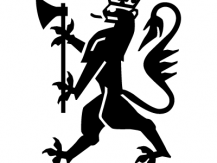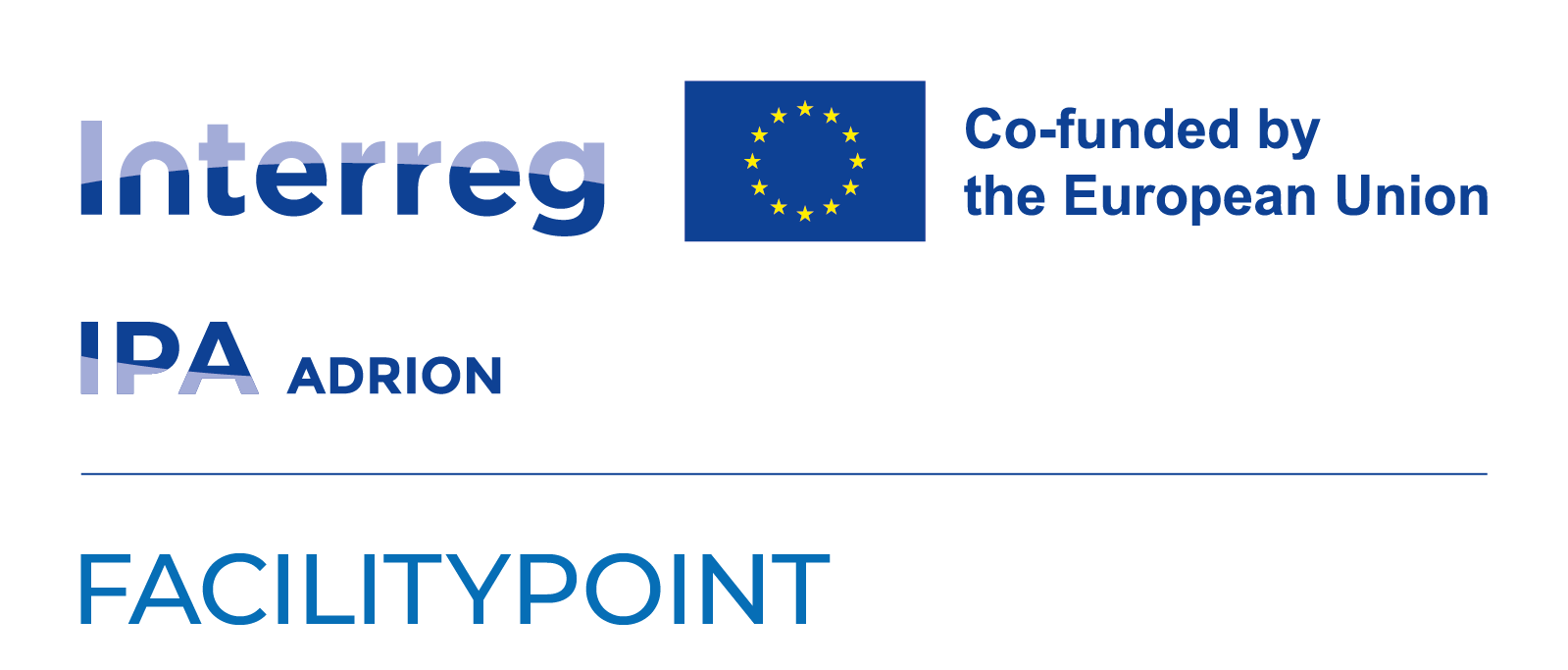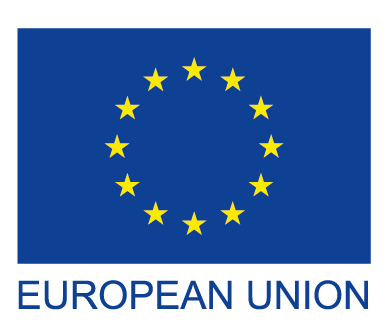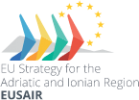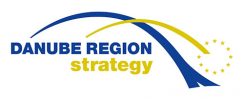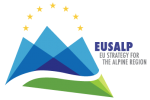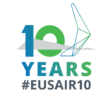EUSAIR STAKEHOLDER CONFERENCE 2021: RE-ROUTING TOURISM AIMING AT SUSTAINABLE GREEN MACROREGION
EUSAIR Stakeholder Conference RE-ROUTING TOURISM AIMING AT SUSTAINABLE GREEN MACROREGION, organized by the Ministry of Tourism and Sports Republic of Croatia, supported a wave of optimism about the future of tourism, but with cooperation, innovation and speed of change that become crucial!
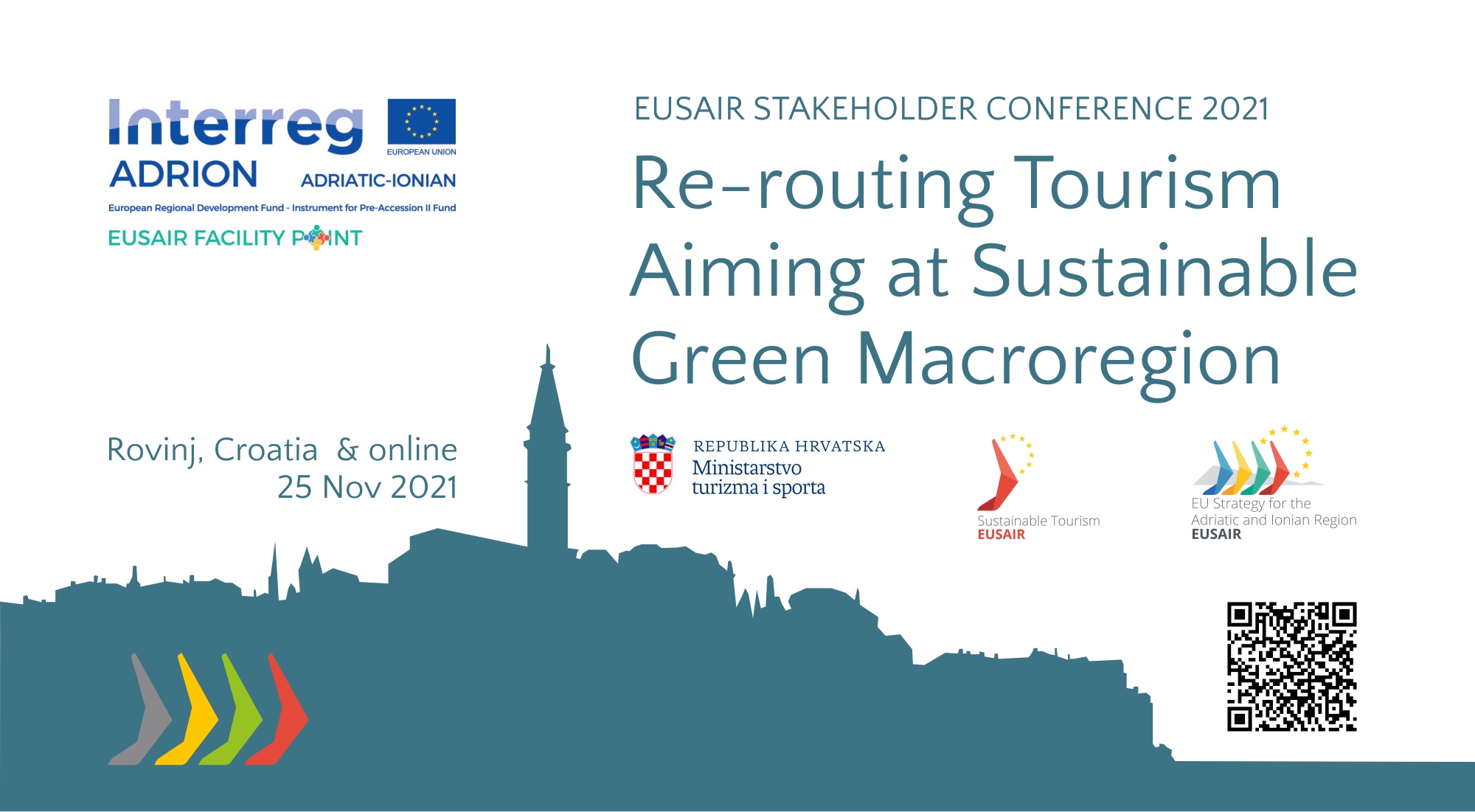
The Ministry of Tourism and Sports, as a project partner in the EUSAIR Facility Point project and coordinator of the EUSAIR Sustainable Tourism Thematic Group 4 for the entire Adriatic-Ionian macro-region, organized and led an international thematic stakeholeder conference "Re-ruting tourism aiming at sustainable green macroregion". The conference directly addressed the tourism stakeholders of the Adriatic-Ionian region in order to strengthen their capacities, encourage partnerships for future joint projects and active participation in the implementation of EUSAIR - European Strategy of the Adriatic-Ionian macro-region. The event was held in a hybrid format and brought together virtually more than 25 speakers and 140 participants - experts in the field of tourism, entrepreneurs, representatives of European institutions and representatives of local, regional and national authorities from across the macro-region.
The conference was opened, on behalf of organizer by Minister Nikolina Brnjac and on behalf of the European Commission by Sławomir Tokarski, Director of the Directorate for European Territorial Cooperation, Macroregions, Interreg and Programme Implementation (DG Regio). Welcoming speeches were also made by the Ministry of Foreign and European Affairs and the Ministry of Regional Development and European Union Funds, Minister of Foreign and European Affairs Gordan Grlić Radman and Director of the Directorate for Territorial Cooperation of the Ministry of Regional Development and European Union Funds Stella Arneri.
Minister Brnjac reminded that Croatia together with Albania coordinates the fourth EUSAIR thematic pillar Sustainable Tourism - I believe that our approach to activities in this pillar meets the needs of modern tourists to leave a "green mark" in the destinations they visit, with additional connections with local communities and culture. The development and management of cultural routes, including multimodal tourism, rural development and new jobs, will support the further preservation and enhancement of cultural and natural heritage, the preservation of biodiversity, the arts and local gastronomy. The Minister added that Croatian tourism has been provided with the largest direct financial support from European funds - 2.2 billion kuna - for investments in innovation, in using renewable energy sources and for more efficient use of digital technologies, through the National Recovery and Resilience Plan.
The Adriatic-Ionian region is a true cultural melting pot very much contributing to Europe being one of the most popular destinations in the world. With its unique experiences from gastronomy, to natural and cultural heritage, traditions, hospitality, historical sites, impressive coastlines it acts as a magnet for a large variety of tourism experience - said Słavomir Tokarski, welcoming the participants - But tourism does not only contribute to countries’ GDP, it also encourages people to people contacts. These personal experiences bring us closer together and let us see that in Europe we do not only share a common future but also a common history and cultural influences. We also want people from all over the world to be able again to enjoy our cultural richness but in a safe and more resilient way. So what is next? - The key question was asked. And Several answers from the European Commission perspective was given - The fight against COVID-19 remains a critical factor to restore people’s confidence in safe travels. At the COP26 meeting, President von der Leyen urged to keep the Paris Agreement to limit global warming to 1.5 degrees reminding us all that there is no time to waste. The tourism sector is a double- edged sword in this respect: it is highly vulnerable to climate change but at the same time a big contributor to greenhouse gas emissions. We cannot close our eyes to this. Covid-19 might have slowed down flight operations and tourist visitor numbers, but once the sector will be fully able to restart, tourism cannot continue to be a major contributor to CO2 emissions The long-term recovery of the tourism ecosystem has to support the fight against climate change – warned Tokarski.
In the final part of his speech, he invited all participants and stakeholders to be actively involved in the ongoing revision of the EUSAIR Action Plan and to give more space to young people to have a direct impact on their future.
The Transition Pathway outlines possible scenarios for a more resilient, sustainable and innovative tourism ecosystem, which will contribute to a shared vision for 2030. These scenarios rely on increased digitization, better management of tourism destinations and mitigation of the detrimental impacts of tourism on the environment, human health and local communities.
We also want young people to be part of the revision process to have a direct impact on their very own future. Their enthusiasm and commitment to a greener, smarter and more digital Europe has been expressed in many youth events I have attended throughout the last year. We, as policy makers, are called to listen to them and to give them the right room for participation – concluded Tokarski.
The working part of the conference was divided into three thematic blocks:
- SUSTAINABLE MANAGEMENT OF CULTURAL ROUTES IN EUSAIR,
- OVERTOURISM AND RECOVERY , TRENDS AND PERSPECTIVES and
- EUSAIR ACTION PLAN REVISION – FIRST INSIGHTS.
The conference was attended by large number of participants and speakers who all together greatly contributed to the quality and significance of the event.
Among the panelists and moderators, many representatives of international or European institutions and national thematic experts were present: Alessandra Priante, Director of the UNWTO Regional Office for Europe, Marie Audren, Director General of HOTREC, the umbrella association of Hotels, Restaurants, Cafés in Europe, Eric Dresin, Secretary General of the European Travel Agents' and Tour Operators' Associations (ECTAA), guests from the European Commission: Nadine Lakhal from DG Regio and Ramuna Genzbigelyte-Venturi from DG Grow, Stefano Dominioni, Director of the European Institute of Cultural Routes (EICR), Daniela Angelina Jelinčić from the Institute for Development and International Relations (IRMO) ) and Renata Tomljenović from the Institute of Tourism (IT) from Zagreb. In the final part of the conference, EUSAIR national coordinators from Slovenia, Albania and Croatia gave their contribution to the conference.
The conclusions of the conference were summed up and concluding remarks were given by the Secretary General of the Ministry of Tourism and Sports, Tonči Glavina.
Culture gives the recognizable and desirable profile to destinations, moves people to new spaces. Participative dynamics of sustainable tourism, of transformative and innovative actions of diversifying policies in product development around the core of culture and heritage of destinations are good development direction. Storytelling and Storydoing should become an integral part of a new innovative thematic cultural tourism product. Cultural routes present a powerful tool to diversify the offer of EUSAIR, to redirect tourism flows, to overcame seasonality and to introduce new tourism interactive and hybrid products, combining creative and gastronomy, biking and photo tourism, slow and wellbeing tourism. all of that cannot be achieved without the inclusion of communities and small local enterprises who necessary are the part of the process of developing sustainable tourism on cultural routes.
EUSAIR as a fragile area, very much endangered by climate changes, by its own attractiveness, and by dangers such as COVID pandemic. Although we are very much aware that the worst affected countries by the COVID-19 pandemic in 2020 were those highly dependent on coastal and sea tourism, what we have also learned is that challenges usually bring new ideas to table, they bring new unexpected solutions.
Changing values of our visitors, need for safety, security, for open authentic spaces, obviously can provoke new responsibility, as well as integrated approach to EUSAIR destinations management. In order to overarch the crisis, joint innovative business models were introduced through cross pillar projects, including the care for environment, both natural and cultural, cultural values and environmental structures, pointing towards green transition, digitalisation, multimodality for climate resilience, integrated responsible and smart management of spaces.
The ongoing revision of the EUSAIR Action Plan will give more space and greater importance to innovation and sustainability in all EUSAIR thematic pillars. The Action Plan, as Sanjin Vlastelica from the Ministry of Foreign and European Affairs pointed out, is a "live" document and should be evaluated and revised from time to time.
The European Commission's staff working document Tourism Transition Pathway was the impetus for the revision of the EUSAIR Action Plan. The revision should bring changes to the Adriatic-Ionian macroregion tourism in order to make it a more resilient, innovative and sustainable ecosystem. Stakeholders pointed out that sustainability will have to be the driver for the mid-term plans of EUSAIR destinations. Raising awareness of the efforts as regards sustainability will be essential for the destinations and competition will be hard. A more sustainable, digital and resilient tourism and hospitality ecosystem can undoubtedly become a reality. Hospitality sector and services, tour operators and travel agents will have a key role to play in helping destinations to shape their offer and in informing, educating and convincing the customers to think responsibly. The Tourism Transition Patway final document -has been announced for January 2022.
A recording of the conference is available here, while the speeches and presentations can be found here.
You might be interested in
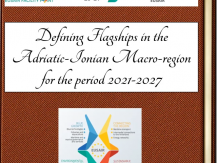
EUSAIR flagships all summed up!
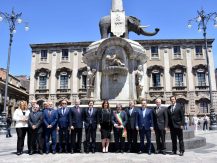
3rd EUSAIR Annual Forum – CATANIA DECLARATION

The Hellenic Republic assumes the Presidency of the EU Strategy for the Adriatic and Ionian Region (EUSAIR) (1 June 2024 – 31 May 2025)
